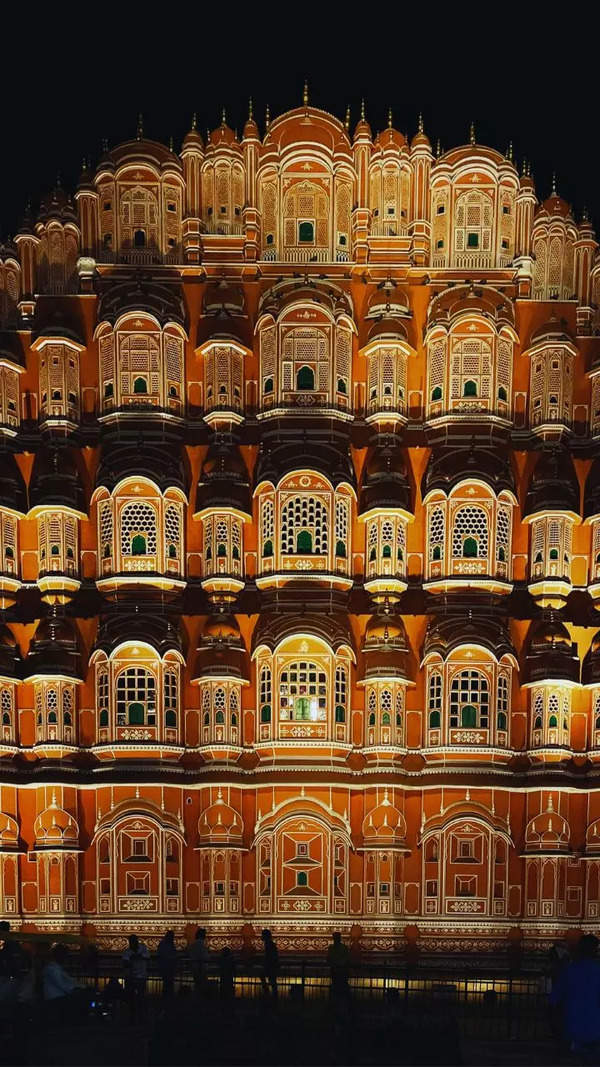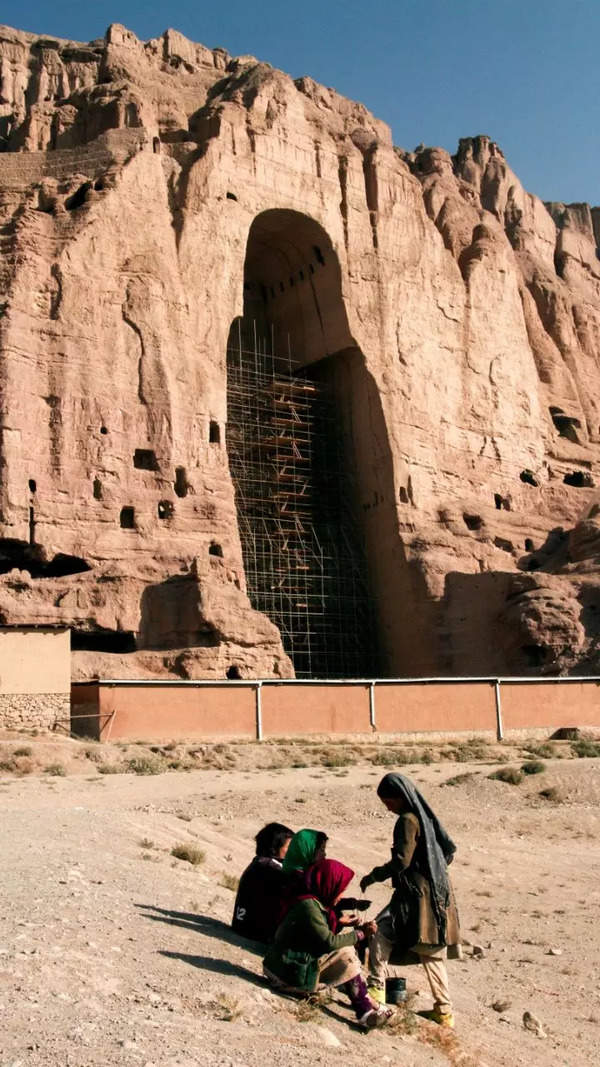- News
- India News
- Times Evoke News
- ‘The red panda lives in mountainous Himalayan trees — yet, it is endangered’
Trending
This story is from February 6, 2021
‘The red panda lives in mountainous Himalayan trees — yet, it is endangered’
Gunjan Menon is a conservation filmmaker focused on wildlife. Her documentary film, ‘The Firefox Guardian’, showcased the endangered red panda. Writing for Times Evoke Inspire, Gunjan discusses the threats faced by the russet panda, why she tackled forests, leeches and uphill treks searching for this elusive creature — and meeting a sleepy panda called ‘Chuck’:
I didn’t know pandas were red as well!”, my friend exclaimed when I expressed my desire to film red pandas. This wasn’t going to be easy — how was I going to convince people to care about the dwindling numbers of an animal they didn’t even know existed? Yet, saving the red panda had become my driving force, and I was determined to record its plight.
The red panda is a shy mammal which isn’t related to the giant panda. The russet panda is actually the ‘original’ panda, discovered fifty years before its famous black and white namesake. Today, the little-known red panda stands at the brink of extinction. Intrigued by this creature, in 2016, I chose to focus on red pandas for my course in wildlife filmmaking. Red panda numbers, now under 10,000 in the wild globally, are plummeting due to poaching, the illegal pet trade and habitat fragmentation — their story had to be told, before it vanished altogether. During my research, I found the first female ‘red panda guardian’, Menuka Bhattarai, an indigenous woman in Nepal, whose determination to save these animals became the focus of my film.

In 2017, just before the onset of the monsoon in the Eastern Himalayas in Nepal, I met Menuka and we began our search for the red panda in the wild. Trekking for six hours every day, 12,000 feet uphill, across dense bamboo forests presented an intense physical challenge. With this came mental challenges as well — when you’re tracking red pandas, you tend to ‘spot’ them on every treetop. Shades of russet moss in the dense foliage played tricks on our eyes. Tough days trekking without a single sighting began to dampen our mood. Waking up with sores, leeches fastened on our ankles, wasn’t pleasant either.

A HEAVY VEIL: The shy red panda is much less known than its black and white namesake. (Photo courtesy: Gunjan Menon)
But Menuka’s enthusiasm kept us going. Menuka had never been filmed before, nor could we speak the same language (we communicated through a translator), but our shared interest helped us bond. “I’ll do whatever it takes to protect red pandas”, she said, and I knew she meant it. Conservation is a way of life for Menuka’s community which feels a deep sense of responsibility to the forests around them. These are mostly community-owned and hence, red pandas literally depend on these people for their lives.

A DIFFERENT COMMUTE: Steep forest trails, often strewn with leeches, finally led to the red panda. (Photo courtesy: Gunjan Menon)
The red panda faces the greatest threat from habitat fragmentation in the Eastern Himalayas. Red pandas, quiet, solitary creatures, mostly eat bamboo, which makes them heavily dependent on tree cover. As forests shrink, panda numbers have fallen alarmingly, their conservation status changing from ‘vulnerable’ to ‘endangered’. In other areas, poaching is a major threat, these creatures’ fur being highly prized. In Chinese tradition, if a bridegroom wears a hat made out of red panda fur, it is supposed to bring him good fortune. But it brings devastation to these wondrous beings.

THE PANDA PROTECTOR: Menuka Bhattarai is a role model in community-based conservation. (Photo courtesy: Gunjan Menon)
In Menuka’s area, the Red Panda Network was empowering local communities to be these animals’ defenders, ecotourism and habitat monitoring providing livelihood opportunities. This was heartening — and finally, my own heart was thrilled too. Out of the blue, we heard a long, intense whistle, a signal from a tracker which meant a red panda had been sighted! Gathering our equipment, we rushed over an arduous hilly path. The effort was worth it.

The red panda we saw was a sub-adult cub, curled up on a tall rhododendron tree, his bushy striped tail wrapped around himself. We stood mesmerised while ‘Chuck’, the name one of us spontaneously gave him, lifted his head and looked at us with curious eyes. As his gaze came to me, I felt an instant connection and smiled at him. Chuck acknowledged this with a yawn and went right back to sleep. He somehow sensed we meant him no harm. As I filmed with trembling hands, I wondered, how could a lifeless red panda be more valuable than this amazing living being in front of me?

I’ve filmed more pandas since, but Chuck changed my life. He taught me why telling stories with a purpose was so important. ‘The Firefox Guardian’ premiered in a small cinema hall in the UK, where it began a dialogue on ecofeminism and raised funds to save red pandas in the wild. Menuka deservedly became a conservation role model, and I realised the power of impact driven filmmaking. Nature, and the role we can play in it, are boundless, and Chuck made me realise this. I’ll always strive to ensure that he and his kin can live in peace in their treetops, high up in the Himalayan wilderness, where a touch of russet reflects nature’s magic.
Times Evoke Inspire is a unique space for young readers to express their thoughts on the environment. Write in to: [email protected]
Stay updated with the latest India news, weather forecast for major cities like Delhi, Mumbai, Noida, and Bengaluru on Times of India.
End of Article
FOLLOW US ON SOCIAL MEDIA








